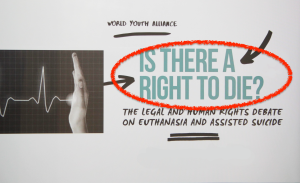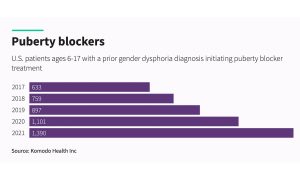“You can tell she’s a princess” is the song played while Blair works as a waitress at Barbie: Princess Charm School. But what does it take to be a princess? What is a princess?
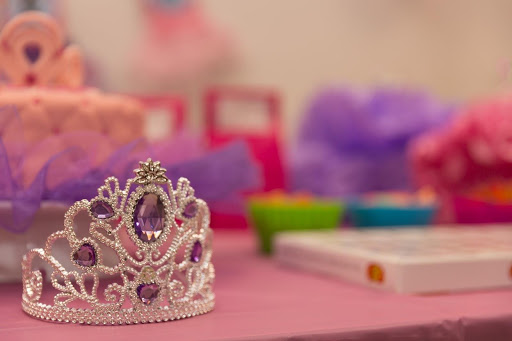 The concept of “princess” never existed throughout medieval history. In fact, it came only into existence after women became more independent.
The concept of “princess” never existed throughout medieval history. In fact, it came only into existence after women became more independent.
Before, being a princess meant royalty, luxury, and being on top of the social hierarchy. It also meant that subjects like politics, economics, and law were not under her education. Beauty, motherhood, charity, and balls were the center of education. Alongside, of course, with a submissive, quiet posture towards her husband. It was with time, persistence, and courage, that women fought to be independent and free themselves from the shackles that held them down.
Currently, in a western European context, a princess is no longer her husband’s property and enjoys her freedom, as well as a bigger and more prominent role than before. Yet, princesses, and the royal family in general, must obey and follow a certain set of rules (which includes not being allowed to vote).

The meaning behind the word princess has changed: gender, ethnicity, goals, values, even physical appearance have changed and keeps changing as time passes. The way the media represents this change accelerates and perpetuates it and is not to be overlooked. Media is now a powerful element of socialization in the lives of young children: it can shape their concerns, dreams, and aspirations.
The way the media represents princesses plays a major role in terms of socialization: whether by being diverse and representing different body types, skin colours, and relatable struggles, or by being an ideal of beauty and character. We can see the shift both in history and in the media. Elements like the amount of time a princess speaks or the general plot about her have changed as well.
Let’s take a closer look at the amount of time princesses speak in their movies:

Not only that but themes and overall behaviour have changed:
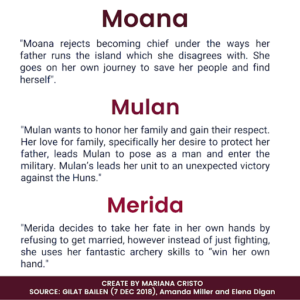

Barbie, on the other hand, although keeping the same appearance throughout the movies, has had over 200 careers (including in male dominated fields). Although some controversies arise regarding beauty standards, Barbie has taught young girls about the value of friendship, hard work, teamwork and overcoming personal insecurities.
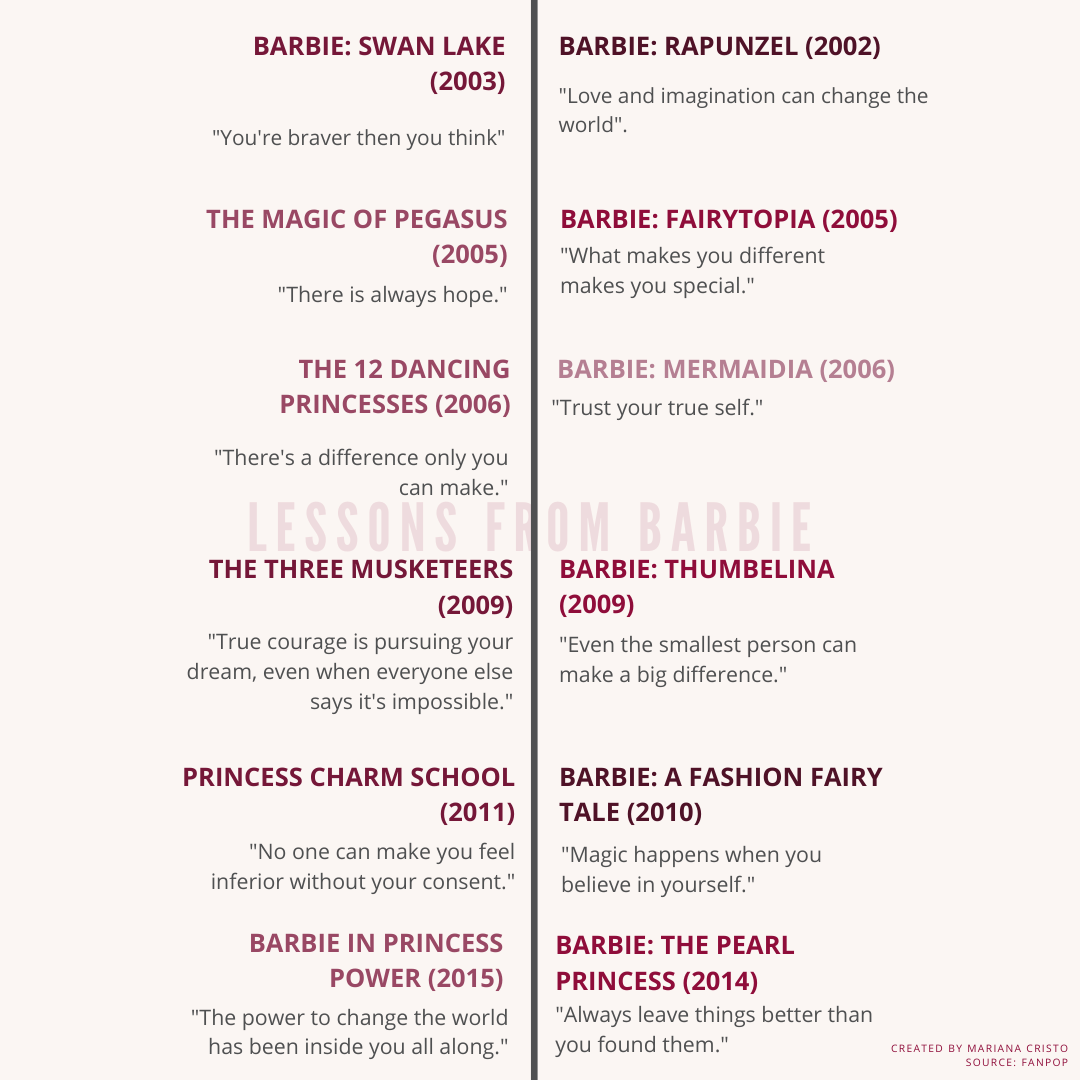
Knowing herself is the key to her success: knowing her fears, her goals, her values and standards; recognizing her emotions and knowing how to react to them; and having a compressive understanding of her body. The more she learns about herself, the better she treats herself and the more informed decisions she can make. Not only for herself, but for her family, her city, and her country.
“The talents of women foster and preserve the beauty of each culture. When a woman exercises a key role in building, designing and protecting societies, her participation enriches and sustains the culture for herself, her family and community and for all generations to follow.” (WYA’s Declaration on Women)
A princess takes action: whether in her home or at school, she stands up for what’s right, and doesn’t stand still at the sight of injustice.
Can you tell she’s a princess? Yes, you can. Because she is a leader; she is brave, smart and confident. She respects herself, she speaks herself and she practises compassion with herself and others. It’s time to become the princess we know we can be.
[su_divider top=”no” size=”1″ margin=”10″]
Published: November 3, 2020
Written by Mariana Costa Cristo, a WYA Headquarters Intern from Portugal
To learn more about how WYA empowers women in the area of health and education, visit our sister organization Fertility Education and Medical Management (FEMM).

